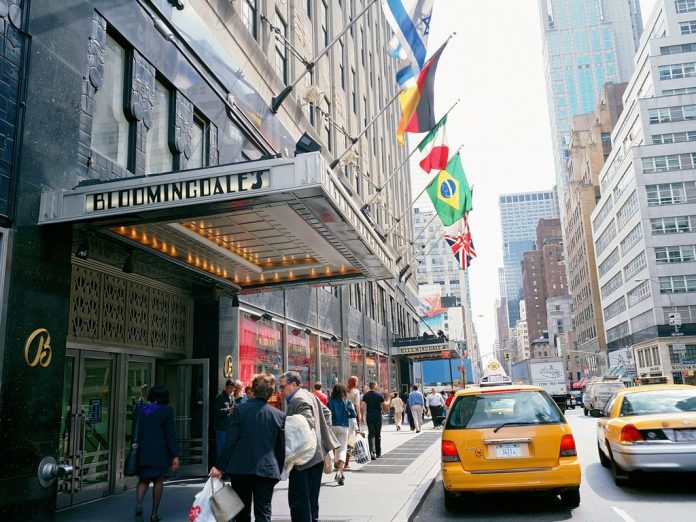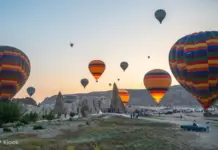No matter how long you’ve lived in New York City or how many times you’ve visited, there will always be secrets of the city waiting to be uncovered. From hidden subway art to discovering the city’s geographic center, here are 10 things you may not have known about the Big Apple.
- Top +18 attractions & best places to visit in New York City
- 9 Las Vegas do’s and don’ts every traveler should know
- Tokyo airport to Tokyo city — How to get from Narita Airport to Tokyo & from Haneda Airport to Tokyo?
- How to get around Singapore — 6 means of transportation in Singapore for tourists
- Hong Kong tourist card — 7 useful Hong Kong travel card every traveler must-have
Written by Amy Plitt
1. A founding father’s house is in the middle of a Harlem park.
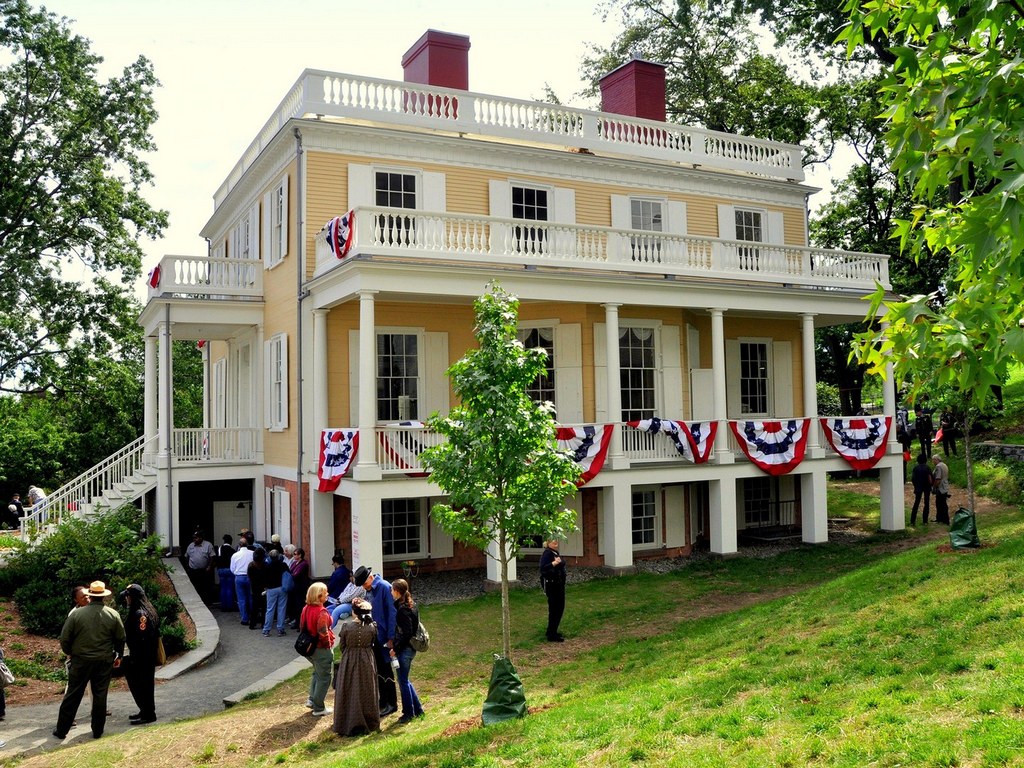
You can barely walk a block in New York City without stumbling on a historic building—meaning some of them pop up in odd places. Case in point: Hamilton Grange, the former of home of Alexander Hamilton. Hamilton built the Federal-style home in 1802, but died in that famous duel with Aaron Burr two years later. The house was moved from its original location to Convent Avenue in 1889, and made the journey to its current resting place in St. Nicholas Park in 2008. Now that it’s perched at the top of the park, it faces Hamilton Terrace and a church that, coincidentally, has a statue of Hamilton in its courtyard.
2. You can climb to the top of one of the world’s largest cathedrals.
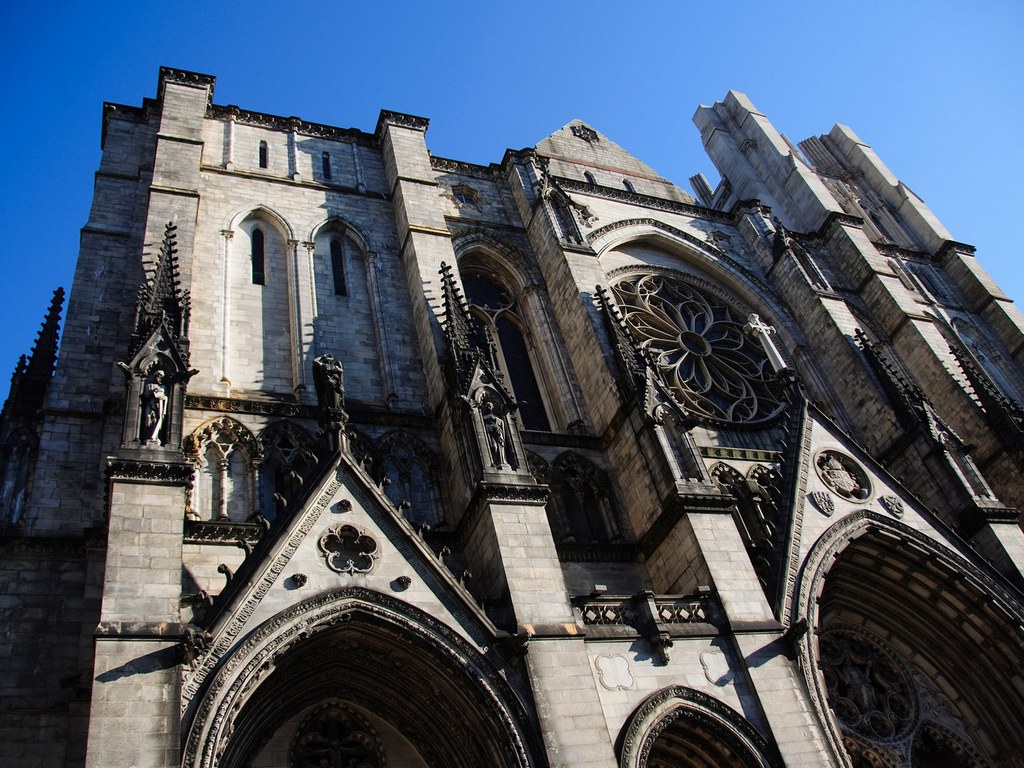
The Cathedral Church of St. John the Divine (at Amsterdam and 112th Street) is one of New York’s grandest buildings, and also happens to be one of the world’s largest cathedrals. While there’s much to explore there—including a Keith Haring triptych and a massive peace fountain outside—the coolest way to see the chapel is on one of its Vertical Tours. These explorations take visitors to the roof of the building—you actually get to stand on a buttress along the way—and focus on the cathedral’s history and architecture.
3. Remnants of the World’s Fair still exist in Queens.

Flushing Meadows–Corona Park in Queens was the site of both the 1939 and 1964 World’s Fairs, and the park’s development is directly correlated to those massive events. But after the second fair closed in 1965, many of the buildings and pavilions were demolished. A few still remain: the New York Hall of Science and the Queens Museum are both located in buildings from the World’s Fair; the New York State Pavilion still stands, though it’s long been neglected; and a Buckminster Fuller–designed geodesic dome now houses birds at the Queens Zoo.
4. There’s a train car perched on top of a department store—well, sort of.
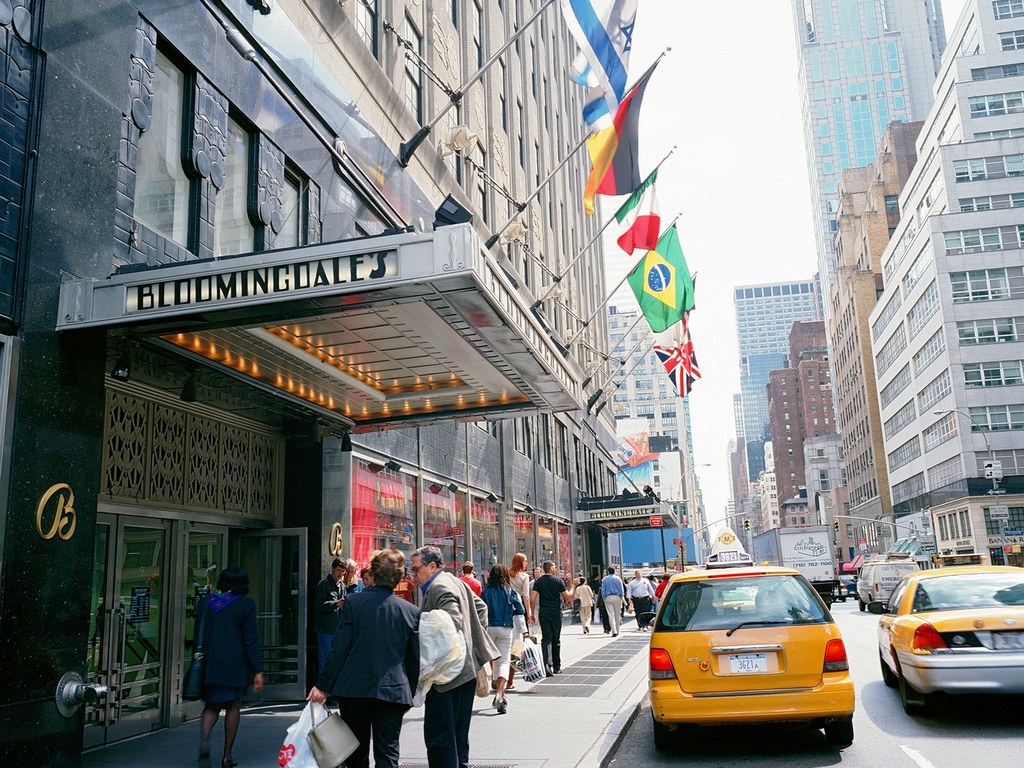
Head to the sixth floor of Bloomingdale’s and you’ll find an old-fashioned, French train car. Well, not exactly: Le Train Bleu is a replica of one of the cars on Calais-Mediterranée Express, which operated in France for more than 100 years. Unsurprisingly, the menu is French-inspired, with dishes like moules frites, a croque madame, and salade nicoise on offer. And the novelty of dining in a vintage train car—complete with overhead carriers, old-timey posters, and tables lined with white tablecloths—can’t be beat.
5. Not everything from old Penn Station is lost.

Preservationists and history buffs still lament the destruction of the grand old Penn Station, a Beaux-Arts masterpiece built by the OG starchitect team of McKim, Mead, and White. When the station was torn down in 1963, nearly all of its features—the gorgeous main hall, with its soaring archways, and Rafael Guastavino’s beautiful tiled vaults, among others—were destroyed. But some remnants of the old structure remain. On the Seventh Avenue side of the current Penn Station, you’ll find two large eagle statues; the pair once stood on top of the old train depot, along with 20 similar sculptures.
6. New Yorkers helped pay for the Statue of Liberty’s pedestal.
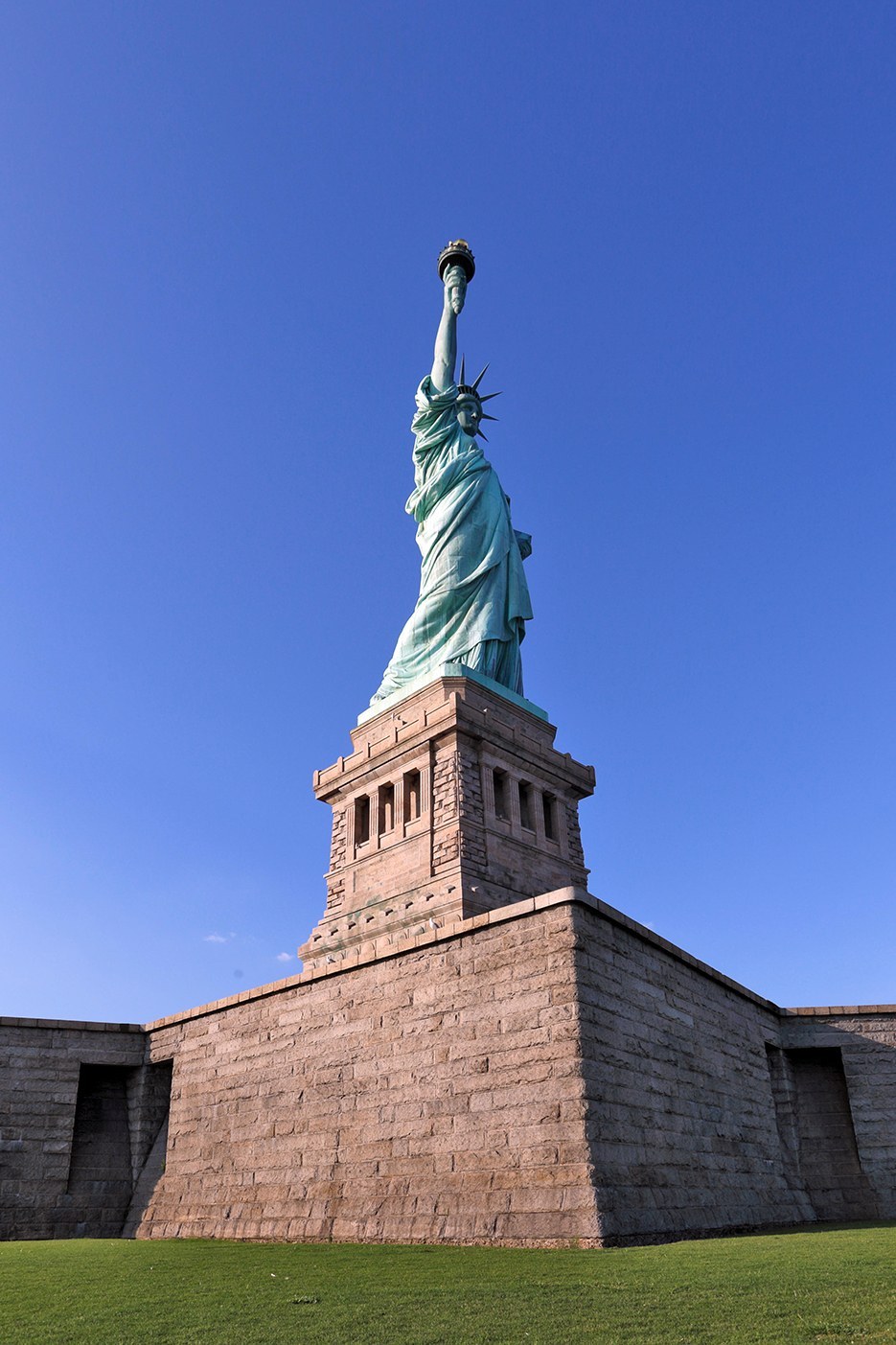
Lady Liberty herself was a gift from the French (merci!), but the 225-ton copper behemoth needed a stand, lest she sink to the bottom of New York Harbor. An organization called the American Committee of the Statue of Liberty banded together to help raise funds, but by 1885—one year before the statue was set to arrive in New York—they’d run out of money. That’s where newspaper titan Joseph Pulitzer comes in: He ran ads in his papers (including the New York World) urging readers to donate to help complete the pedestal, and 125,000 people answered the call. Ultimately, those ads helped bring in more than $100,000 in donations—enough to make sure Lady Liberty had a perch befitting her magnitude.
7. Eggs Benedict was allegedly invented in New York City.
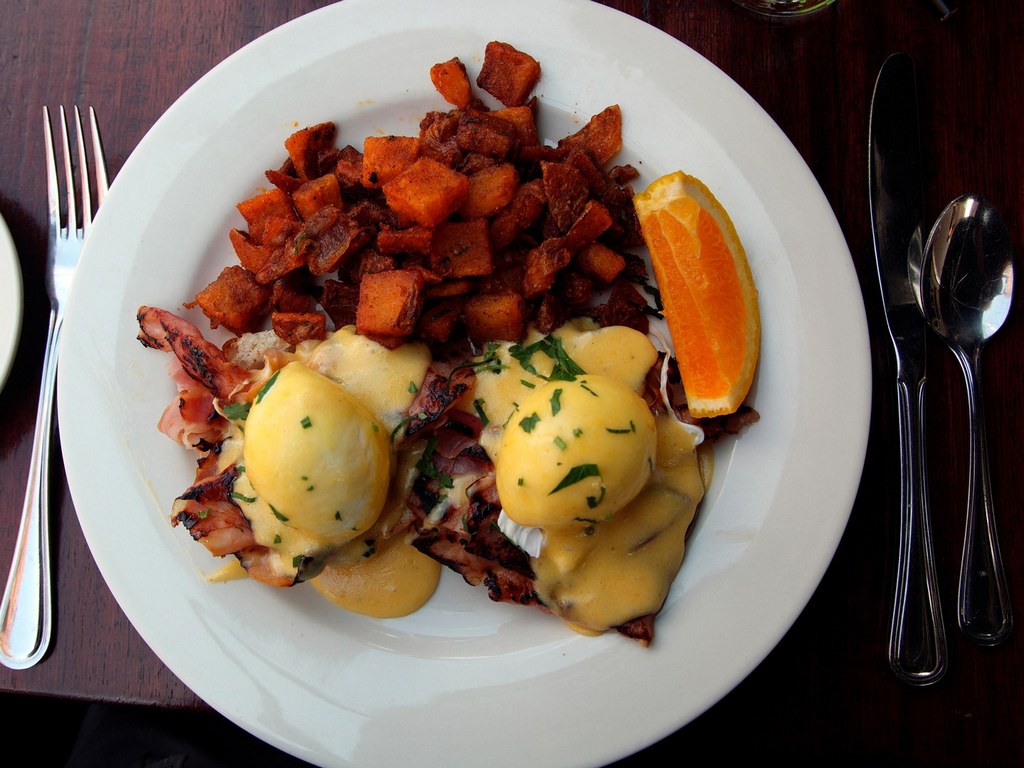
It’s generally agreed upon that eggs benedict was invented in New York City, but stories on who created it differ. Some attribute its creation to Delmonico’s, which offered the dish to satisfy a picky customer; others allege that a hungover stockbroker asked the chef at the Waldorf hotel to put the dish together after a bender. (Who knew a breakfast food could be so contentious?) Other foodstuffs that were apparently invented in NYC include the baked Alaska (another Delmonico’s creation) and the Waldorf salad, which, yes, came from the Waldorf.
8. Art is everywhere in the subway, but there’s one piece you can only see from a subway car.
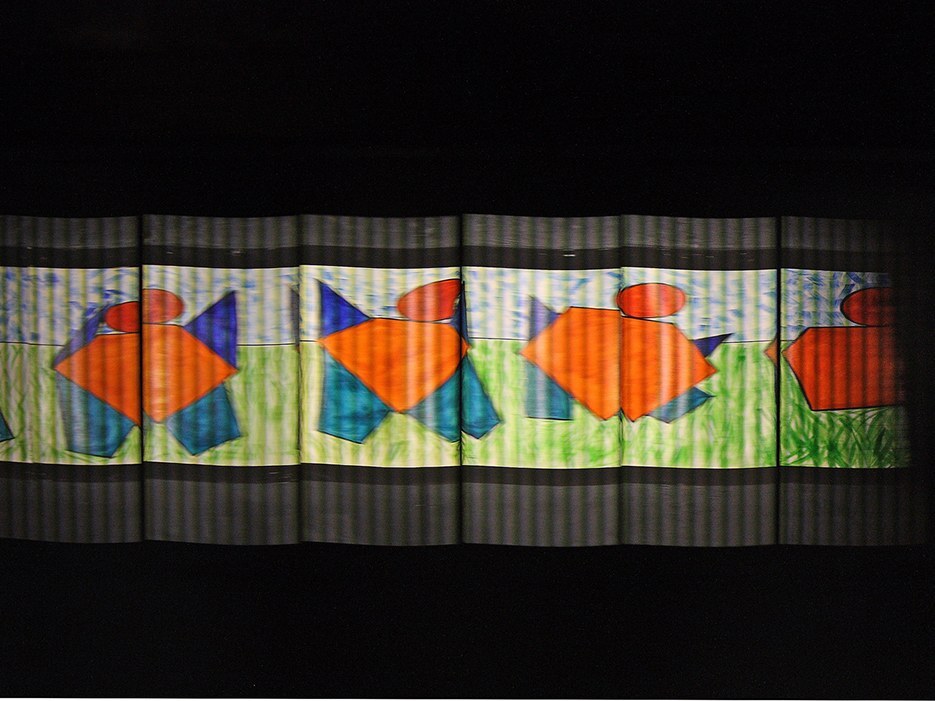
The NYC subway is an impressive art gallery hidden in plain sight, with pieces by Roy Lichtenstein, Sol LeWitt, and Al Held (among others) throughout the MTA’s 468 stations. But one of the coolest artworks is also one of the hardest to see: In 1980, artist Bill Brand installed a piece called Masstransiscope in an abandoned subway station on the Brooklyn side of the Manhattan Bridge. The piece was restored in 2008, and again in 2013 after it was vandalized. Riders who take a northbound B or Q train can catch a glimpse of the work, with colorful panels creating a zoetrope of sorts. (It’s one of those blink-and-you’ll-miss-it things, so keep your eyes peeled.)
9. There’s a museum hidden in a Tribeca elevator.
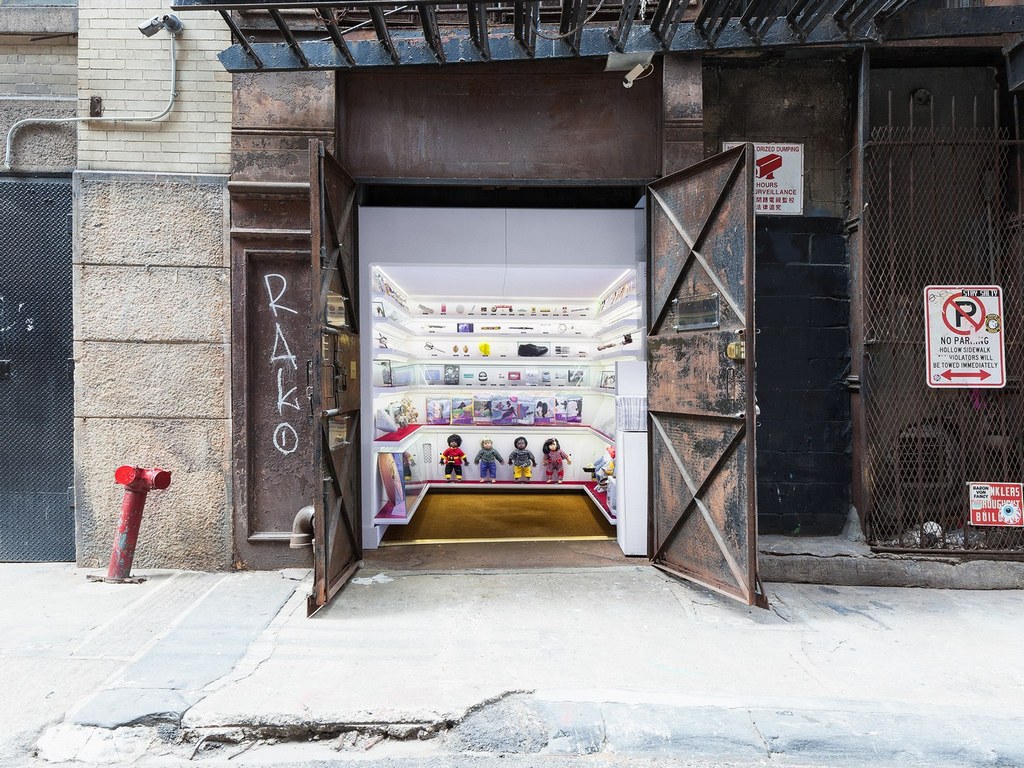
There are museums in all sorts of odd spots in the city—an old tenement building, a former public school, even a disused subway station—but the weirdest by far is Museum. The tiny institution opened inside a Tribeca elevator shaft in 2012, and only three or four people can fit inside at any given time. Exhibits change every year, with a new one opening in 2015; in the meantime, you can peer through a peephole in the door to see the permanent collection, including oddball knickknacks like a homemade antenna and—allegedly—the shoe that was thrown at President George W. Bush in 2008.
10. The geographic center of New York City is in…Bushwick?

Though there are disagreements over where the exact geographic center of the city is located, one thing is certain: It’s somewhere in the now-trendy Brooklyn neighborhood of Bushwick. According to reports, the NYC Department of Transportation named the intersection of DeKalb Avenue and Broadway as the center point; meanwhile, The New York Times reported that the center is at Stockholm Street between Wyckoff and St. Nicholas avenues. (They’re not that far apart from one another—meet in the middle?)
See more New York City travel guide at here.































![10 best airports in Asia in 2016 [RANKED] kuala-lumpur-international-airport-best airports in asia in 2016 by skytrax ratings](https://livingnomads.com/wp-content/uploads/2016/08/29/kuala-lumpur-international-airport-best-airports-in-asia-in-2016-by-skytrax-ratings-218x150.jpg)








